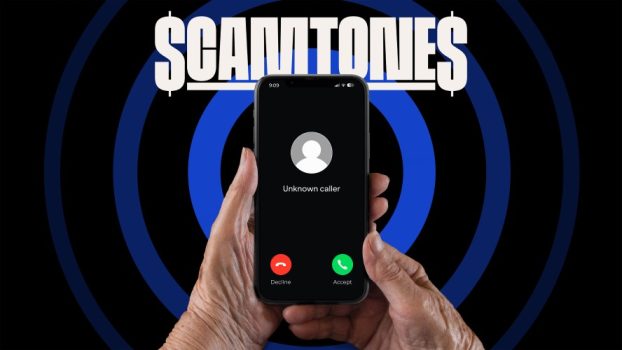EMI Music Canada is taking a gamble that the same generation that couldn’t get enough of the Beatles will now go for Bananas in Pyjamas in a big way.
The Canadian music giant, which recently secured the rights to Bananas in Pyjamas, along with Sharon, Lois & Bram and Sailor Moon, all popular children’s entertainment, will be watching the holiday sales of these recordings very closely.
‘This Christmas is a litmus test to see just how viable this is,’ says Shan Kelley, the vice-president of strategic marketing at Mississauga, Ont.-based emi.
Just in time for Christmas, the company, through its European arm, has released a line of cds called Kids Classics. Each of the five cds showcases classical music around a particular theme. For example, the Kids Classic Toys cd includes an arrangement of Mozart’s Toy Symphony, and highlights from Tchaikovsky’s The Nutcracker.
emi doesn’t expect children to write to Santa asking for a bit of Beethoven, but it does know who’s responsible for buying the bulk of children’s cds.
‘When you sell music to kids, you’re also selling to parents because it’s [the parents] who open up their wallets,’ says Kelley.
Quite simply, parents are more likely to buy something to their taste, which explains the longstanding popularity of the Anne Murray children’s album, or even Sharon, Lois & Bram.
Canada’s emi recently made the decision to move aggressively into the children’s market, according to Kelley. So far, it has placed ads in both children’s and parenting magazines across Canada and Kelley hopes that, if all goes well, the company will do some tv spots next year. ‘We’re hoping to make it pay,’ he says.
In fact, while sales of pop recordings have remained pretty static over the past several years, niche market music – from Celtic to classical to children’s – has grown at a tremendous rate, says Kelley.
He’s not whistling Dixie.
Prior to signing the recent top acts, emi had pre-school favorite Barney on its roster. The popular purple dinosaur’s latest album reached double platinum – which translates into sales of over 200,000 units, according to Kelley.
There are two kinds of products for the children’s market, according to Kelley – the trendy and the dependable. Both are vital. Something like Sailor Moon, for example, eventually sinks on the popularity scale, whereas old standbys – Sharon, Lois & Bram – will still be in the catalogue 10 years down the road. A label needs both types to do well, he says.
The key, of course, is marketing.
Kelley says that marketing children’s music is closer to marketing toothpaste than pop music. ‘We’re not out there trying to get video play,’ he says, adding that traditional music has always had it easy in terms of promotion – radio and music video stations basically offer the opportunity for free advertising.
‘Record companies have only just woken up to the fact that there are other ways of marketing music,’ says Kelley.
If it all sounds like easy money, it’s not. In fact, a&m – the label that had signed Raffi, Sharon, Lois & Bram and Fred Penner – decided three years ago to bail out of children’s music altogether. And, although most labels try to keep one or two children’s acts on their rosters, none are using more aggressive tactics, such as tv advertising, to promote those acts.
‘I think that we’re kind of stuck in our ways,’ says Glenn Sernyk of Toronto’s Sernyk & Associates, a talent agency that specializes in children’s performers.
Sernyk, who in the past managed children’s superstar Raffi and now manages Jack Grunsky, adds that the potential of children’s music is huge, but that Canada’s marketing record has been spotty.
Sernyk’s ideal world has video and audio products mixed in with children’s clothing and shoes – a one-stop shopping environment that suits today’s harried lifestyle.
And the mixture of books and music is a natural, he says. He points to u.s. book superstore Borders which has a children’s section that includes audio and video, along with traditional storybooks – a perfect setting for parents interested in purchasing music for their kids.
But not all the responsibility resides with the retailer. Sernyk says that record labels have to commit to putting some serious marketing initiatives behind children’s music – and tv advertising would be a great place to start.
‘I wish somebody would take the chance. I think it would make a huge difference,’ he says.
He points to the Home Shopping Network spot for a bmg album by the popular Full House tv stars the Olson twins. The one-and-a-half hour spot ran once and sold 37,000 vidoes, he says.
‘That should be telling my colleagues in the business something,’ says Sernyk.























